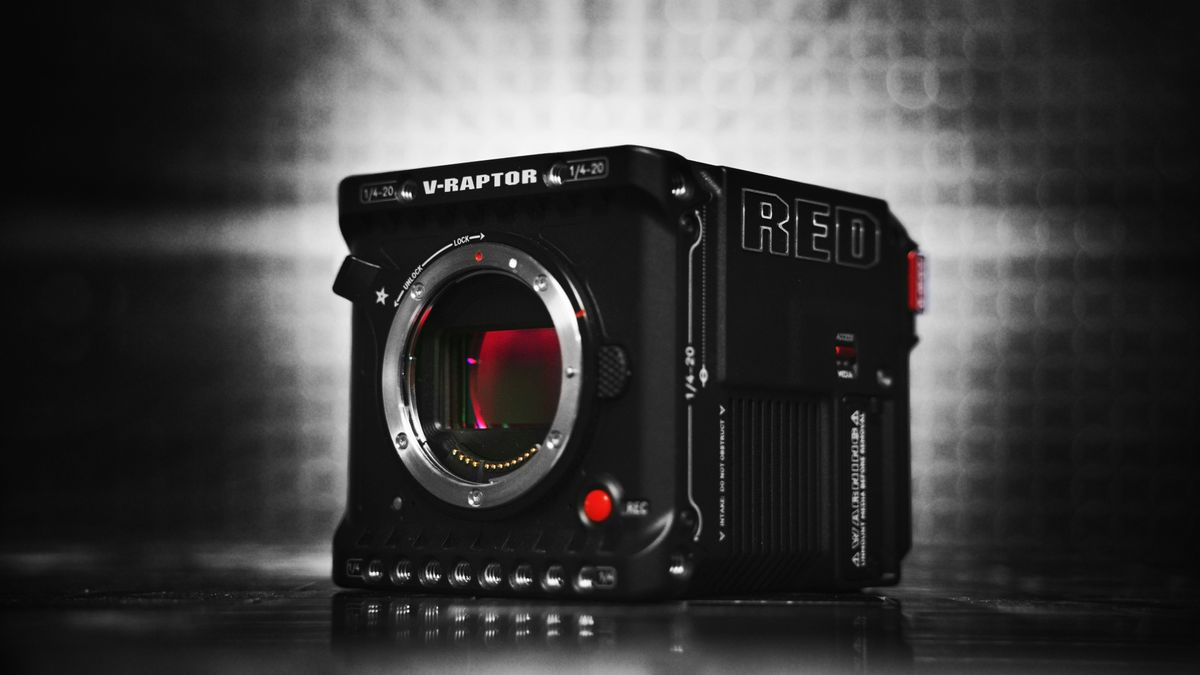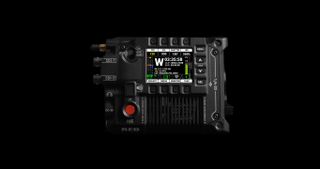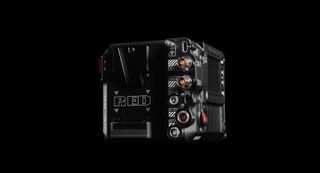RED super-size V-Raptor to epic proportions with a $39,500 price tag!
RED upgrade the V-Raptor to super-size proportions with and even bigger $39,500 price tag!

RED Digital Cinema have long been the cinema camera company willing to push the envelope when it comes to technology and camera design.
They were the first to introduce the box-style cinema camera with the companies Komodo series, offering a 6K sensor in a compact box-style which transformed the way solo filmmakers can adapt to different shooting styles, light and compact for run-and-gun documentaries or a full production rig for commercial style shooting.
Now RED have taken this concept one step further buy introducing the V-Raptor XL a slightly bigger boxy design that contains there biggest sensor to date, the VistaVision 35.4 Megapixel 8K sensor that can shoot 8K at a lightening-fast 120 frames per second!
Pre-order the RED DIGITAL CINEMA V-RAPTOR XL at B&H (US)

The V-Raptor XL expands on the V-Raptor by adding industry standard connections such as 3 SDI channels, GenLock, Mini-XLR and timesync. One major feature that RED users have been asking for is the use of internal ND filters, and this has been answered with the XL, offering integrated electronic ND filters to ease shooting in hard lighting environments with a range from 2 to 7 stops, selectable at 1/3-, ½-, or 1-stop intervals. The XL also expands its feature set by adding an interchangeable PL mount with an optional EF mount, widening your cinema lens options.
In addition to the Gold or V-mount battery input options integrated to the back of the camera for easy mounting, its power output options include regulated 12V and 24V outputs, two 3A combined D-TAP outputs, three 2-pin outputs of multiple voltages on the rear, and one 3-pin 3A Fischer output on the front of the camera, so no matter that accessories you like to run with your rig the XL can accommodate.

RED has also updated the video outputs to include the DSMC3 Touch 7" LCD monitor connector, three 12G-SDI with 6G/3G/ 1.5G-SDI modes, and one 3G/1.5G-SDI output, and the 12G/6G-SDI ports can send up to DCI 4K60 resolution to high-end monitors. In addition to its physical genlock, timecode, and control ports, it can also utilize wireless genlock and timecode to save unnecessary cabling. Other features include 5-pin audio input ports, built-in dual microphones, 3D LUT import, and wired control via USB Type-C.
No mater that you want to capture, or where you want to go the RED V-Raptor XL is ready to take on the day with you. Ready to be used by either a solo filmmaker or Hollywood production the XL is a big step forward in cinematography, but it will cost you! The brain (body only) will set you back a crisp $39,500.... before you even start to think about media, monitoring, lenses or power, this might seen excessive to some, and sensibly priced to others - It's your call which of those two camps you inhabit.
If you're a keen video producer, content creator or videographer, you might also like the best 8K cameras, the list of Netflix-approved cameras and the best cinema cameras and best cine lenses.
Get the Digital Camera World Newsletter
The best camera deals, reviews, product advice, and unmissable photography news, direct to your inbox!

For nearly two decades Sebastian's work has been published internationally. Originally specializing in Equestrianism, his visuals have been used by the leading names in the equestrian industry such as The Fédération Equestre Internationale (FEI), The Jockey Club, Horse & Hound, and many more for various advertising campaigns, books, and pre/post-event highlights.
He is a Fellow of the Royal Society of Arts, holds a Foundation Degree in Equitation Science, and holds a Master of Arts in Publishing. He is a member of Nikon NPS and has been a Nikon user since his film days using a Nikon F5. He saw the digital transition with Nikon's D series cameras and is still, to this day, the youngest member to be elected into BEWA, the British Equestrian Writers' Association.
He is familiar with and shows great interest in 35mm, medium, and large-format photography, using products by Leica, Phase One, Hasselblad, Alpa, and Sinar. Sebastian has also used many cinema cameras from Sony, RED, ARRI, and everything in between. He now spends his spare time using his trusted Leica M-E or Leica M2, shooting Street/Documentary photography as he sees it, usually in Black and White.